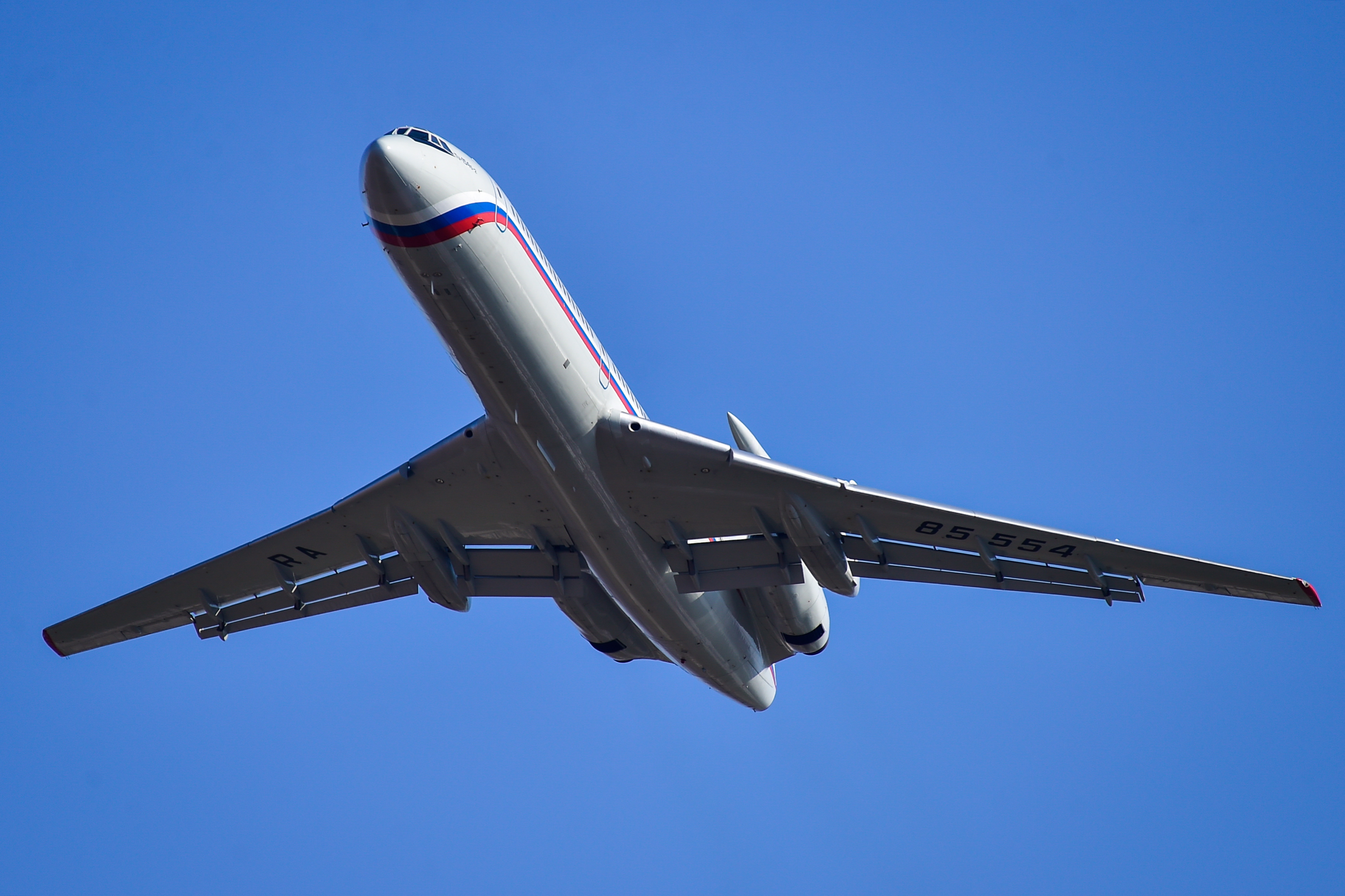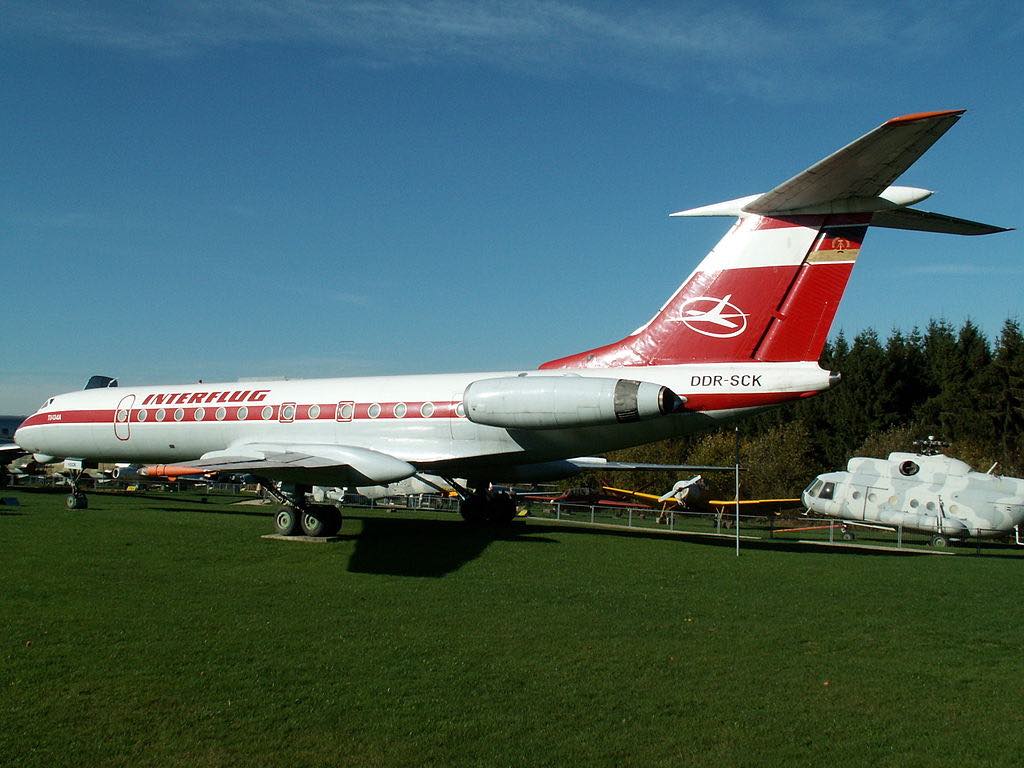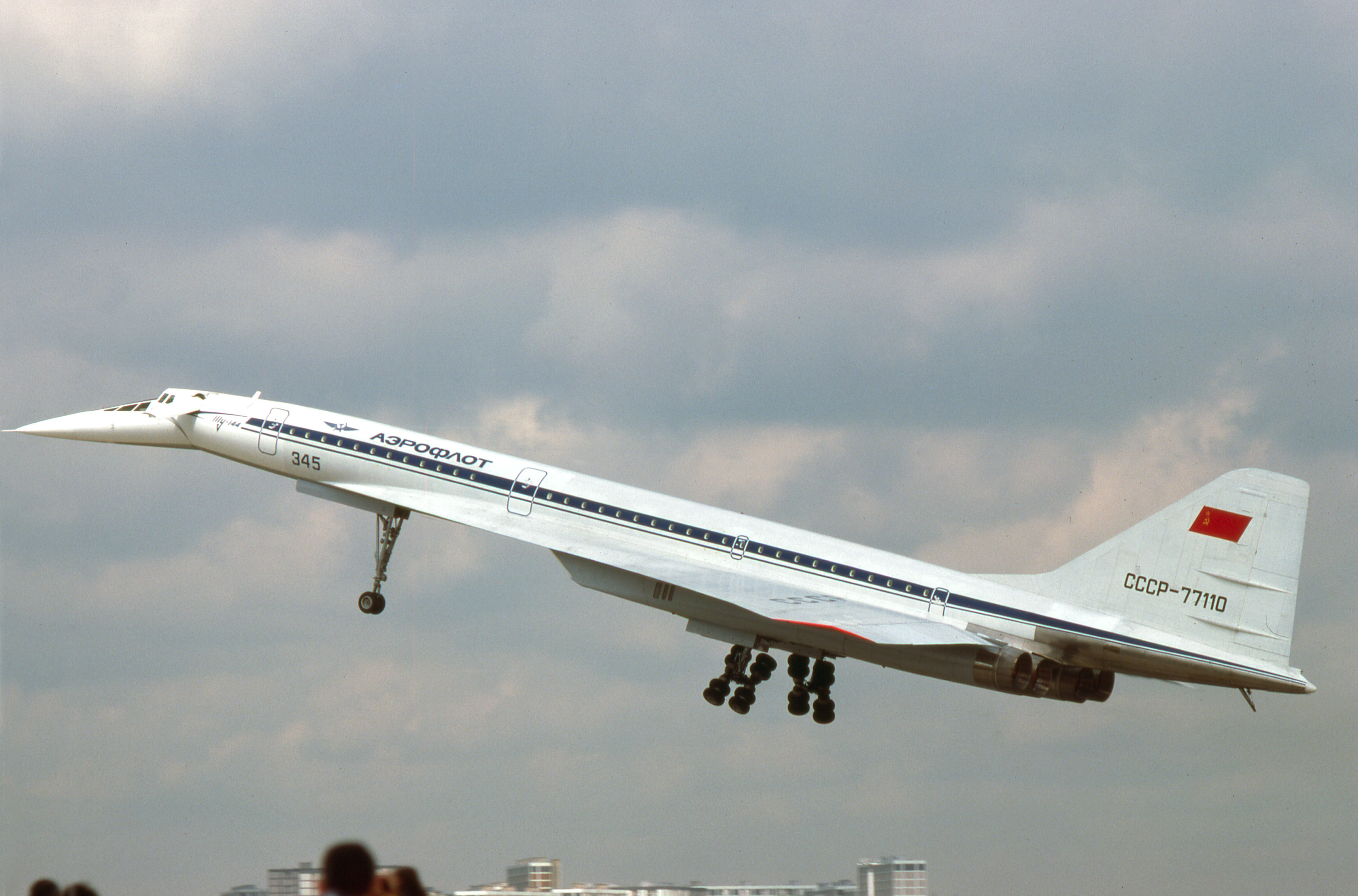Tupolev Aircraft - The maiden flight of the bomber was completed in December 1981, and it entered service with Ukrainian Long-Range Aviation in April 1987. Production has since restarted and a Tu-160 was delivered to the Russian Air Force in May 2000. A total of 36 aircraft were built, with only 17 currently in service in Russia.
Tu-160 supersonic strategic bomber (Nato reporting name of Blackjack) is a variable-sweep wing supersonic strategic missile carrier manufactured by the Tupolev aircraft research and engineering complex joint stock company of Moscow and the Kazan-Gorbunov Aircraft Production Association in Tatarstan from 1980 to 1992.
Tupolev Aircraft

The bomber’s airframe has a distinctive appearance, with the wing and fuselage gradually integrated into a single-piece configuration. The airframe structure is based on a titanium beam, all-welded torsion box. Throughout the entire airframe, all the main airframe members are secured to the titanium beam.
Tu- Blackjack Strategic Bomber
The Tu-22M was based on the design of the Tu-22 aircraft. The first Tu-22M-0 prototype completed its maiden flight in August 1969. The Tu-22M-1 first flew in July 1971 and the Tu-22M was first deployed in combat missions in Afghanistan between 1987 and 1989. The Tu-22M3 was used by Russia for combat operations in Chechnya in 1995.
Kazan Aircraft Production Organisation (KAPO) was awarded a contract to upgrade the Russian Air Force’s 15 Tu-160 bombers. The Tupolev upgrade package includes new targeting systems, upgraded cruise missiles and an electronic warfare suite. The first upgraded aircraft was delivered in July 2006.

In June 2010, two Russian Tu-160 bombers completed a record-breaking 23hr patrol covering 18,000km of flight range. The bombers flew by the borders of Russia over the Arctic and Pacific Oceans and finally landed at Engels base in the Volga region.
The Tu-160 supersonic strategic bomber (NATO reporting name of Blackjack) was manufactured by the Tupolev aircraft research and engineering complex joint stock company of Moscow and the Kazan-Gorbunov Aircraft Production Association in Tatarstan from 1980 to 1992.
Tu- Bomber Design
The Tupolev Tu-95 is a four engine, propeller driven, long-range bomber with an impressive wingspan of 141 feet. The aircraft was developed by the Soviet Union during the Cold War to deliver nuclear weapons over great distances, and it remains operational today.
Tu-160’s crew comprises a pilot, co-pilot, a navigator and an operator. The four crew are equipped with zero / zero ejection seats, which provide the crew with the option of ejecting safely throughout the entire range of altitudes and air speeds, including when the aircraft is parked.

The Tu-22M3 can fly at a maximum altitude of 14,000m and the rate of climb of the aircraft is 15m/s. The aircraft has a cruise speed of 900km/h and maximum speed of 2,300km/h. The operational range of the aircraft is 7,000km.
The Tu-160 uses fly-by-wire controls. The aircraft is equipped with three-strut landing gear, a tail wheel and a brake parachute. It can attack strategic targets with nuclear and conventional weapons in continental theatres of operation. For take-off, the aircraft requires a concrete runway of 3,050m.
Tu- Bomber Upgrades
This project forms part of our recent analysis and forecasts of the global Military Aircraft market available from our business information platform Strategic Defence Intelligence. For more information click here or contact us: EMEA: +44 20 7936 6783; Americas: +1 415 439 4914; Asia Pacific: +61 2 9947 9709 or via email.
The aircraft is equipped with tricycle landing gear to support operations on unprepared runways. The nose gear includes backward retractable twin wheels. Each main landing gear unit consists of six wheels in a 2×3 bogie arrangement. These are retracted straight in to the fuselage. The Tu-22M2 was equipped with twin brake slides and a runway arresting hook.

Weapons bays are also fitted with launchers for the Kh-15P, which has the Nato designation and codename AS-16 Kickback. The Kh-15P Kickback has solid rocket fuel propulsion, which gives a range up to 200km. The Kickback can be fitted with a conventional 250kg warhead or a nuclear warhead. The aircraft is also capable of carrying a range of aerial bombs with a total weight up to 40t.
The English translation of its Russian name is “The Bear” which refers to both its resemblance to a bear as well as Russia’s national symbol. It has been in service for more than 50 years and continues to be upgraded with new technology, but no longer carries any nuclear weapons ammunition.
Tu- Blackjack Strategic Bomber Russian Federation
The aircraft is fitted with PN-A/PN-AD bombing-navigation radar system, Argon-2 radar fire-control system and a TV-based backup optical bomb sight. The countermeasures are provided by a radar warning receiver, radio-frequency jammers, and updated defensive countermeasures gear.
The Tupolev Tu-22M (also known as Backfire) is a long-range strategic and maritime strike bomber developed by Tupolev for the Soviet Air Force. The aircraft is currently in service with the Russian Air Force and Russian Naval Aviation.

The Tupolev Tu-95 was developed in the Soviet Union as a strategic bomber and remains in service with Russia. It is one of the largest operational bombers, with a maximum takeoff weight of 190 metric tons (418,000 lb). The first production aircraft were delivered to the military in 1957.
The semi-glass cockpit accommodates a crew of four on upward-firing ejection seats. It is equipped with dedicated panels for pilots, navigator-operator and commander, with entry provided through individual doors. The pressurised cockpit is equipped with climate control systems.
Tu- Cockpit And Avionics
The Tupolev Tu-22M incorporates a long variable sweep wing fuselage design. The aircraft features a stepped cockpit and variable-geometry outer wing panels. The tail fin is swept-back and tapered with a square tip. The flats mounted on the centre of body are pointed with blunt tips and each wing includes a centre section and two outer panels. The outer wings are attached to the centre section through hinged joints.
Tu-160 supersonic strategic bomber (Nato reporting name of Blackjack) is a variable-sweep wing supersonic strategic missile carrier manufactured by the Tupolev aircraft research and engineering complex joint stock company of Moscow and the Kazan-Gorbunov Aircraft Production Association in Tatarstan from 1980 to 1992.

The aircraft is capable of carrying the strategic cruise missile Kh-55MS, which is known in the West by the Nato designation and codename AS-15 Kent. Up to 12 Kh-55MS missiles can be carried, six in each bay. The Kh-55MS is propelled by a turbofan engine. The maximum range is 3,000km, and it is armed with a 200kt nuclear warhead.
The aircraft is provided with hard points to carry Kh-22 stand-off missiles, Kh-15 nuclear or Kh-15P anti-radar missiles and FAB-250 or FAB-1500 free fall bombs. The wing and fuselage pylons and internal weapons bay are provided with a capacity to carry 24,000kg of weapons payload. The aircraft is also armed with a double-barrelled GSH-23 (23mm) gun in remotely controlled tail turret.
Sensors / Radars
The strategic bomber aircraft is powered by four Samara NK-321 turbofan engines, each of which provide a maximum thrust of 25,000kg. The engines are installed in two pods under the shoulders of the wing. The air intake incorporates an adjustable vertical wedge.
The Tu-22M3 was introduced with upgraded features to overcome the shortfalls of its predecessor. The aircraft completed its first flight in June 1977 and was inducted into the inventory in 1983. Some of the Tu-22Ms were also modified to Tu-22MR and Tu-22ME standard.
tupolev aircraft list, tupolev bomber, tupolev commercial aircraft, tupolev planes, tupolev bombers list, tupolev jets, tupolev tu 95, tupolev passenger planes